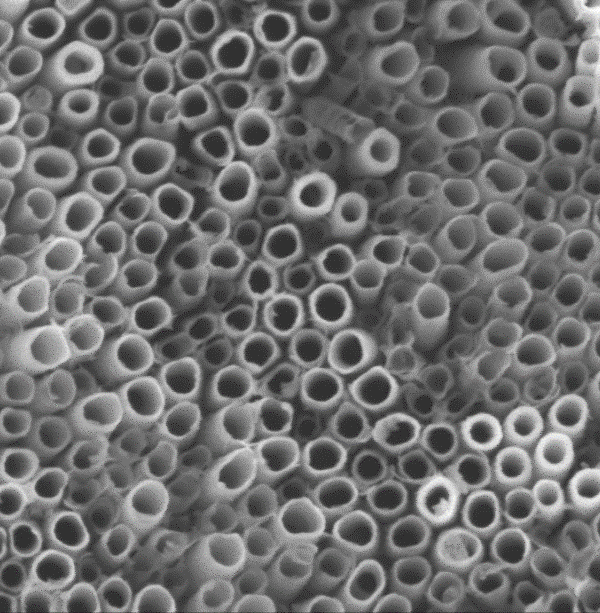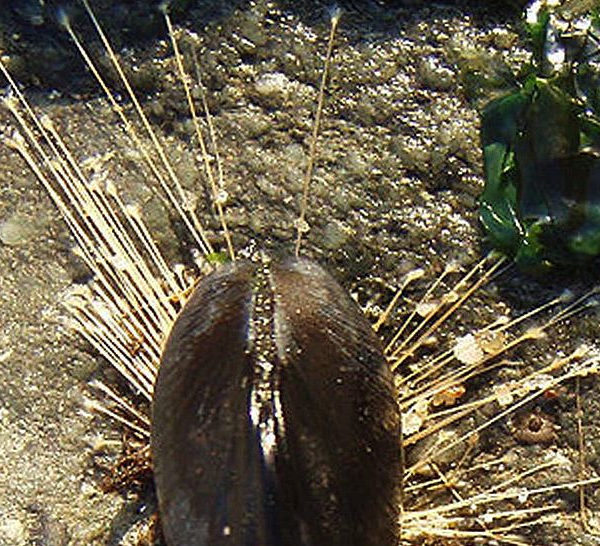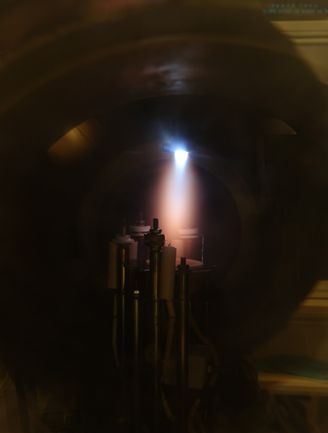
(Bio-)sensors play an increasingly important role in our networked world. Since three of the human senses can already be detected by sensors (hearing, seeing, feeling), the project will create the possibility to also detect the sense of smell by means of sensors. By coupling optical (SPR) and electronic methods a setup will be established, which will be able to characterize odours by means of pattern recognition and the embedding of odour proteins and odour receptors.
The most important research points are:
Project Manager: Philipp Fruhmann
Both micro- and nanotopography influence cell interaction. To influence that it is possible to nanostructure the titanium surface by using electrochemical methods. The self-organization of the titanium oxide can be controlled by the manifold variation possibilities of the manufacturing conditions. The topographical change thus opens up the control of cell interaction in favour of the human organism. On the one hand, the bone-implant interface is additionally enlarged and on the other hand, the self-organized cavities can be used as nanocontainers for antibiotic alternatives. By filling the nanotubes with antibacterially active substances, diffusion-controlled long-term protection can be achieved starting from the implant surface.
We deal with the following questions
Project manager: Tzvetanka Boiadjieva-Scherzer


The BIGLU project focuses on the development of bio-inspired adhesives. The model is an adhesive synthesized from mussels, based on proteins with the central molecule catechol.
The following questions will be addressed:
Project Manager: Markus Valtiner
Solid Oxide Fuel Cells (SOFCs) are an emerging technology for clean energy conversion, capable of utilizing a variety of different fuels (hydrogen, natural gas, biofuels, …) to supply electrical energy. On the way to a broad application of SOFC technologies, cathode performance and its degradation are two of the main remaining obstacles. Advanced experimental methods supported by defect chemical modelling are applied to promising cathode materials to identify and clarify degradation mechanisms and to investigate the oxygen exchange kinetics on the cathode surface.
Main research questions are:
Project Manager: Markus Valtiner

